Archive
Hermann Schieberth
- Hermann
- Schieberth
- 12-02-1976
- Vama (RO)
- 1948
- Shanghai (CN)
- PhotographerArt dealer
Hermann Schieberth was a successful photographer who had two studios in Austria (from 1909/10? onwards): one in Vienna and the other in Kaltenleutgeben. Due to his Jewish background he had to flee in 1938 and arrived in Shanghai in 1939.
Word Count: 37
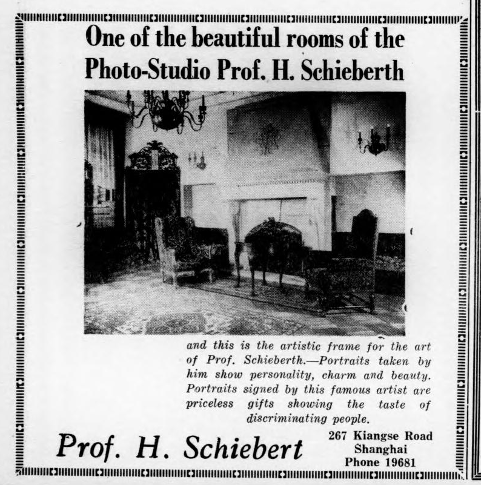
Advertisement, Photo-Studio Prof. H Schieberth, Shanghai Jewish Chronicle, 1943, p. V. 
Die Schönheit – mit Bildern geschmückte Zeitschrift für Kunst und Leben, vol. 3, no. 3, cover. 
Peter Landow. Natur und Kultur. Das Weib. Buchverlag der Gesellschaft zur Verbreitung klassischer Kunst, Berlin 1925. 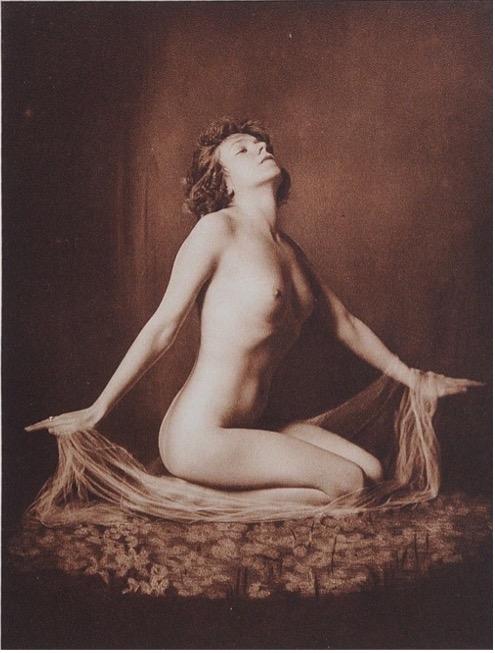
Hermann Schieberth, Akt, photo heliogravure, 23 × 31 cm, 1925. 
Hermann Schieberth. Oskar Kokoschka als Kriegs-Freiwilliger im k. u. k. Drag.-Reg, Nr 15 (Oskar Kokoschka as a war volunteer), silver bromid. 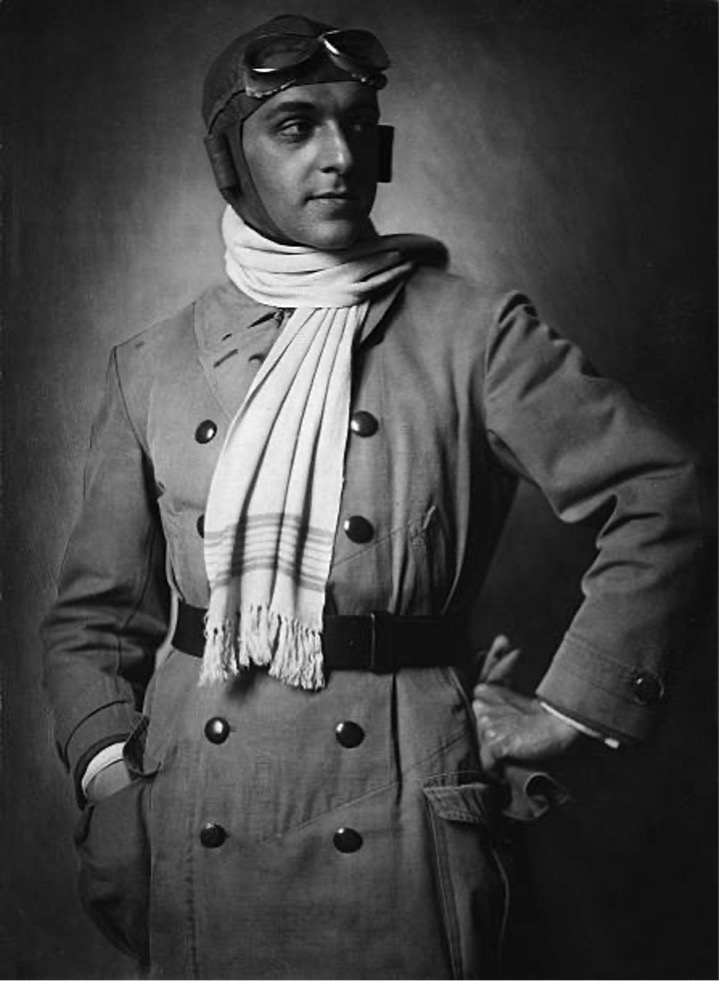
Hermann Schieberth, Photographer Karl Schenker in aviator outfit, 1919. 
Rosholt Malcom, Hamilton House, around 1937 (© 2012 Mei-Fei Elrick and Tess Johnston, Historical Photographs of China, University of Bristol, www.hpcbristol.net). 
Rosholt Malcom, Metropole Hotel from the window of Hamilton House, around 1937 (© 2012 Mei-Fei Elrick and Tess Johnston, Historical Photographs of China, University of Bristol, www.hpcbristol.net). 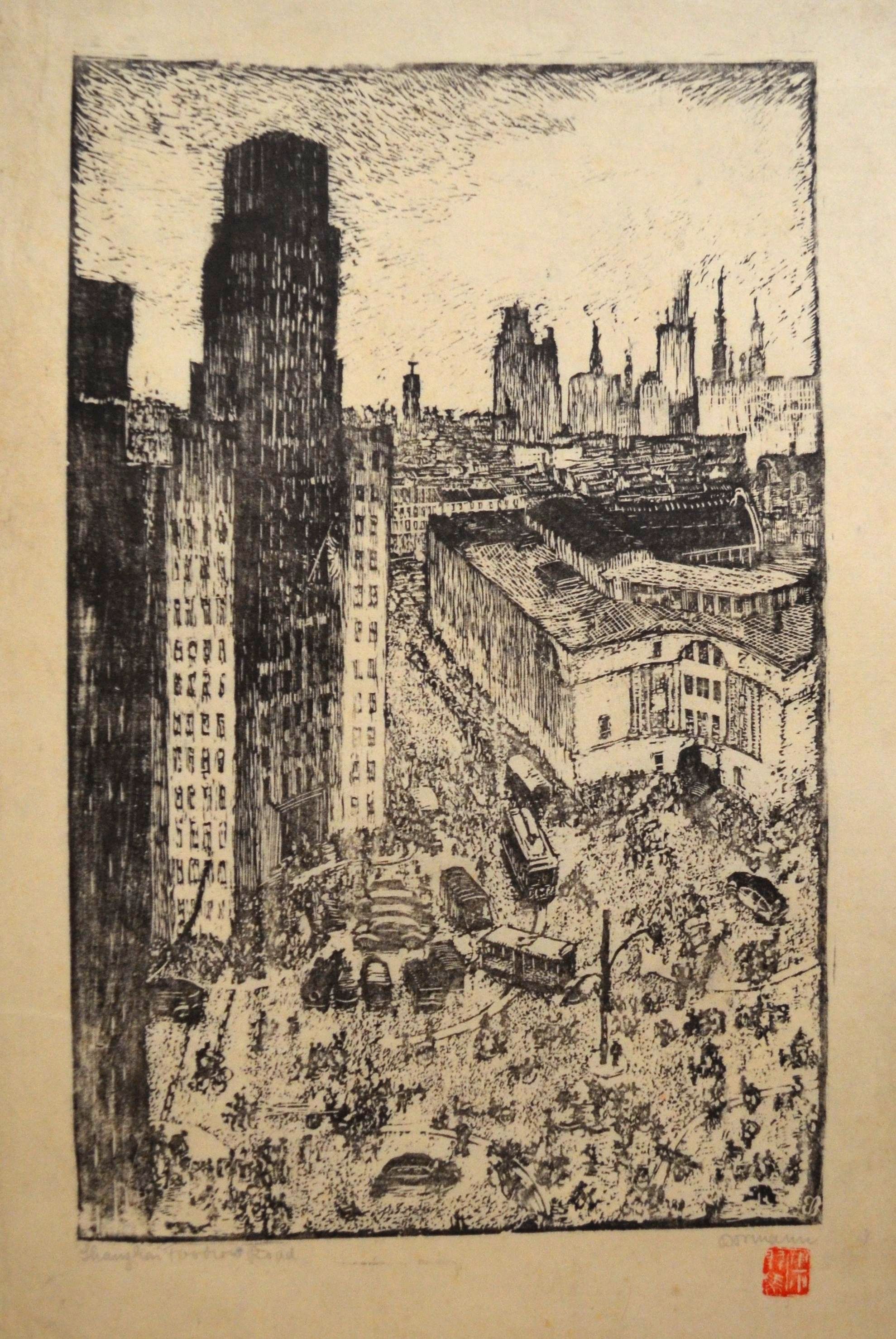
Emma Bormann, Foochow Road, wood or lino cut, around 1940, Shanghai (© private collection). 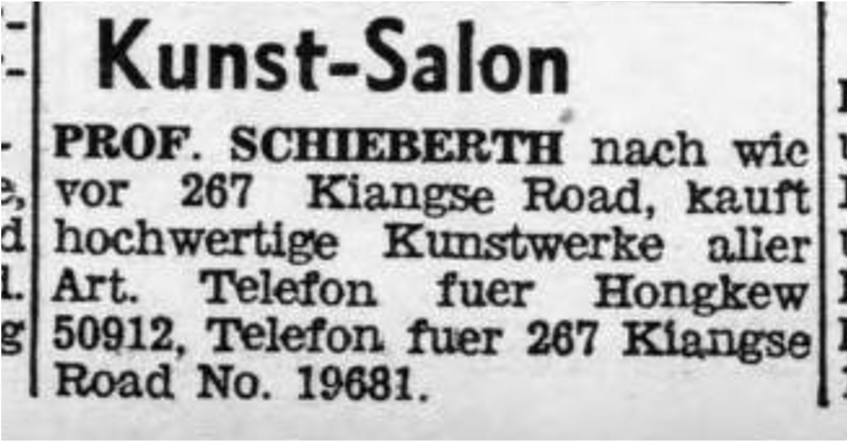
Advertisement, Kunst-Salon, Shanghai Jewish Chronicle, 28 May 1943, p. 4. This advertisement informs that the Art Salon still has the same address. The deadline for the forced move to the so-called Shanghai Ghetto was 15 May 1943, the advertisement appeared in the Shanghai Jewish Chronicle on 28 May 1943. Greif, Milena. "Die Geschichte der Wiener Fotoagentur Willinger und ihr verschwundener Bestand." Rundbrief Fotografie, vol. 11, no. 3, 2004.
Karmasin, Mathias and Christian Oggolder. Österreichische Mediengeschichte. Von Massenmendien zu sozialen Medien (1918 bis heute). Bd. 2, Springer 2019.
Starl, Timm. Lexikon zur Fotografie in Österreich - 1839-1945. Album Wien 2005.
Übersee - Flucht und Emigration österreichischer Fotografen 1920 - 1940. edited by Auer, Anna, Kunsthalle Wien, 1997.Word Count: 57
Leo Baeck Institute, New York, Hans Jacoby Collection.
Leo Baeck Library, New York, Periodical Collection.
Theatermuseum, Vienna, Online Collection.Word Count: 19
Shanghai, China (1939–1948)
Salon d’Art, 267 Kiangse Road, International Settlement (now Jiangxi Zhong Lu, Huangpu Qu) Shanghai (studio)
- Shanghai
- Mareike Hetschold. "Hermann Schieberth." METROMOD Archive, 2021, https://archive.metromod.net/viewer.p/69/2952/object/5138-11798356, last modified: 14-09-2021.
-
Hans JacobyArtistShanghai
Hans Jacoby fled in 1938 to the Netherlands, where he was interned by the Dutch government in Hook of Holland. He was able to leave the camp and arrived, together with his wife Emma Jacoby, in Shanghai in 1940 where he continued to work as an artist.
Word Count: 45
Trude FleischmannPhotographerNew YorkTrude Fleischmann was an Austrian-Jewish portrait and dance photographer who emigrated in 1939 to New York, where she opened a studio in Midtown Manhattan with the photographer Frank Elmer.
Word Count: 28
Victor SassoonEntrepreneurShanghaiVictor Sassoon was a descendant of the Baghdadi Jewish Sassoon merchant family. He contributed significantly to a real estate boom in Shanghai in the 1920s and 1930s and helped European Jews in the Shanghai Ghetto. An ambitious amateur photographer, he produced many images of people and events of the time.
Word Count: 50
Asia SeminarUniversity / Higher Education Institute / Research InstituteShanghaiThe Asia Seminar was run by the scholar Willy Tonn (1902–1945), who founded it in 1943 and enriched the cultural and scholarly life in the so-called Shanghai Ghetto during the harsh wartime period.
Word Count: 31